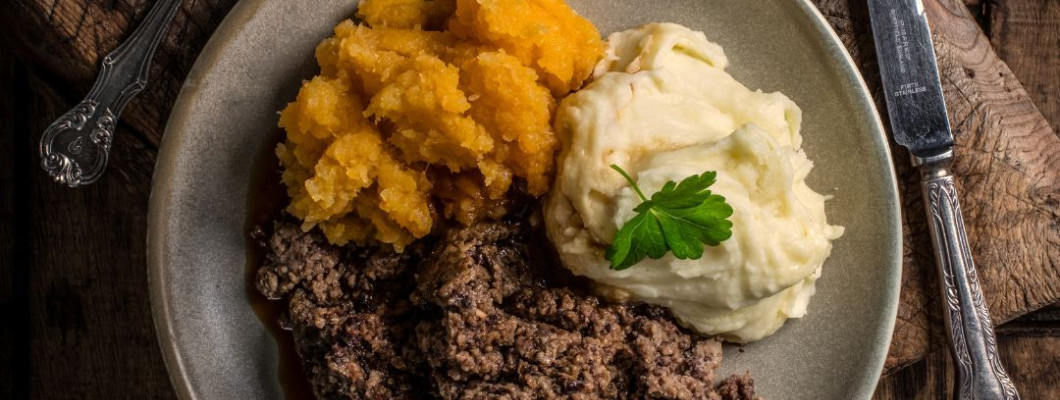What is St Andrew's Day

WHAT IS ST ANDREW'S DAY?
St Andrew's Day is the feast day of Andrew the Apostle and is celebrated every year in Scotland on the 30 November. In 1320, St Andrew officially became the patron saint of Scotland when the country's independence was declared with the signing of The Declaration of Arbroath.
WHAT ARE THE MOST COMMON ST ANDREW'S DAY TRADITIONS?
St Andrew's Day celebrates the very best of Scottish culture with lots of delicious food and drink, music and ceilidh dancing, with parties going into the wee hours of the nigh
WHAT ARE THE ORIGINS OF SCOTLAND'S NATIONAL FLAG ?
Athelstaneford in East Lothian is the birthplace of Scotland's national flag. The St Andrew's Cross or Saltire is believed to be the oldest flag in Europe.
WHAT FOOD SHOULD YOU EAT ON ST ANDREW'S DAY?
Scotland’s food and drink plays a big part on St Andrew’s Day.
- Starter - the traditional soup dish, Cullen Skink, is often served and is made of smoked haddock, potatoes and onions.
- Main - many people celebrate Scotland’s patron saint with haggis, neeps (turnip) and tatties (mashed potato). Whether you decide to cook up a storm at home and buy from your local butchers or choose to dine out, you’ll find a wide variety of dishes across Scotland’s pubs and restaurants.
- Dessert - is a dish best served hot especially on a cold winter night, so round off your feast with clootie dumpling and custard - a traditional Scottish dessert made of dried fruit, spices, oatmeal or breadcrumbs, flour and beef suet. The word "clootie" derives from the Old Scots word "cloth", where the dumpling was traditionally boiled.
-3148x800.png)